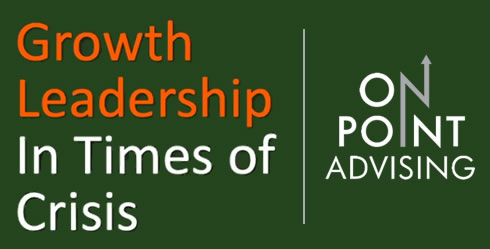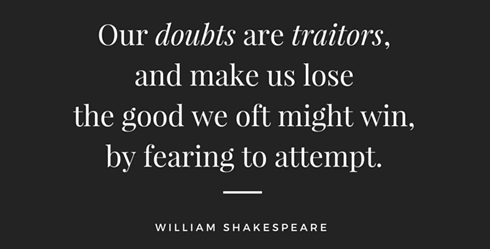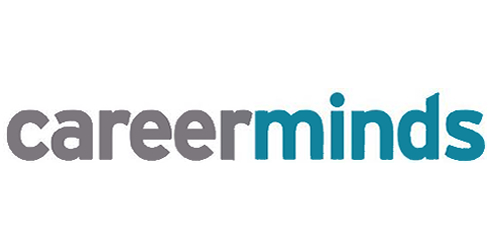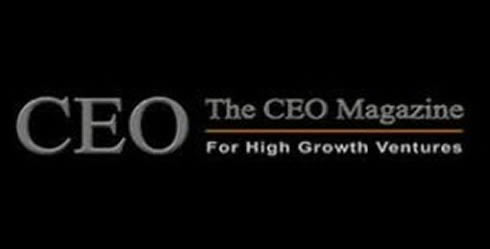As appeared on Safari Books Online, February 2016
“Having a vision is fun, vision with precision gets it done.”
Vision statements on a wall, on a website, or on a piece of paper can serve a purpose for businesses, but they don’t lead to success. The purpose of a vision is to have something not just to move towards, but to achieve. We need to challenge ourselves to move beyond the just the emotional connection to a vision and focus on mapping out the hard work it takes to get somewhere you want to go. A big mistake leaders make is that they think simply having a vision is enough, it’s not.
Research and reality tells us how it is. Psychologist Lien Pham and Shelley Tailor from University of California (Pham & Taylor, 1999) put students into two groups. They asked one group (Group A) to visualize how great it would be to get a high grade. The other group (Group B) wasn’t asked to visualize the positive feelings associated with the end state of a high grade. Both groups kept track of the hours they spent studying. Even though the group that visualized the positive feelings associated with a good grade only did this for a few minutes it had a significant impact on the amount of time they studied as well as their grades. The group of students (Group A) that visualized the positive feelings ended up studying less and ended up with lower grades. The visualization may have made them feel good, but it did not prepare them for success and therefore set them up for the failure. My view is that Group A, that associated the positive feelings with the outcome, became overconfident and were not aware and/or not realistic about how to get to what they wanted.
What makes the point even more clearly is that the researchers had a third group of (Group C). This group was asked to visualize the “how” or process of getting an A for a few moments a day. They were asked to get into more detail and visualize how and what they would do to get an A. Compared to the group (Group A) that just visualized the outcome of getting an A, and to the group that wasn’t asked to do anything (Group B), the group that was asked to visualize the “how” (Group C) ended up studying more hours and earned higher exam grades than both groups. The researchers concluded that visualizing the steps to prepare them for success put them in a more realistic and practical vision to succeed.
I have seen the same story play out again and again. Countless executives I work with tell stories of motivational speakers that get them fired up by seeing success. Seeing success is not enough, you also have to see the steps.
So what do you do? Put in the precision with three essential steps: Vision, Envision, and Revision. Vision is where you want to go. Envision is where you are, what you are getting, and how you get to where you want to go. Finally, Revision is what you need to change to get to where you want to be. In the Revision stage you can either change your vision or change your envision (steps).
Now if you want to inspire people toward a vision, think of your senses: See, Feel, Think, and Act. Tap into as many senses as possible. Connect with people multiple ways so you provide them with an emotional hook. The goal is to create initiative. A clear vision with the following components not only brings you closer to where you want to go, but it gets people motivated to work with you rather than against you. Another simple way to remember what you need in a vision is to just think of it as using your eyes, heart, head, and hands.
See (Eyes) Where are we going? People want to have something to move toward together. When you help people “See” you are answering one main question, where are we going? Think of this as painting a picture for people.
Feel (Heart) Why are we going there? Nothing is more powerful than emotion. Purpose taps into emotion. The main questions you are answering when you create the “Feel” is why are we doing this and what is the purpose? People get behind a purpose. The purpose can be as simple as something clearly telling people what the value is in achieving the vision.
Think (Head) How will get there and Who is responsible? Think is all about the plan. It’s the how and who aspect of the strategy. This is where some of the details of a plan get communicated. In this step in the vision process you let people know who will be playing what part. It’s the roadmap. The more specific you can be the better. Set up milestones and metrics. Include how you will measure progress, success, and failure.
Act (Hands) What is the first step and action items? Act is where you communicate what the steps are and where to start. This is different than the “Think” aspect of the vision in that it is more detailed and specific. The focus is on doing rather than just planning.
I remember hearing about a 2007 McKinsey & Company study (Dye and Sibony, 2007) that highlighted about half of executives who participate in a strategic planning process are not satisfied. Furthermore, less than a quarter of the executives indicated that major strategic decisions were made during the progress. The best visions are the ones that become a reality. It takes work, but now you know how. By reading this you just another step toward success. Make your next step count and enjoy the journey.



























